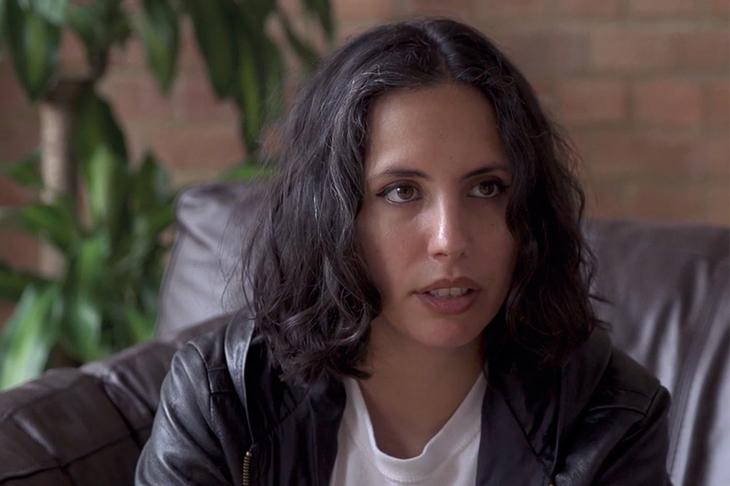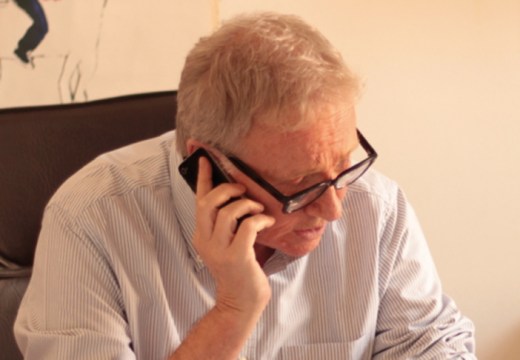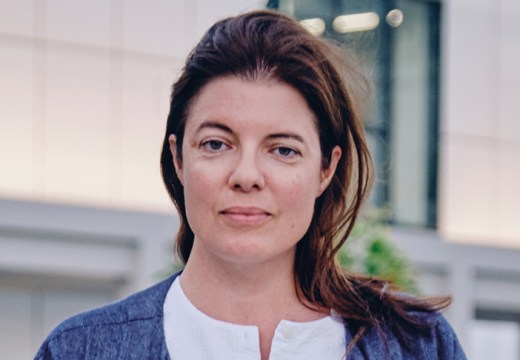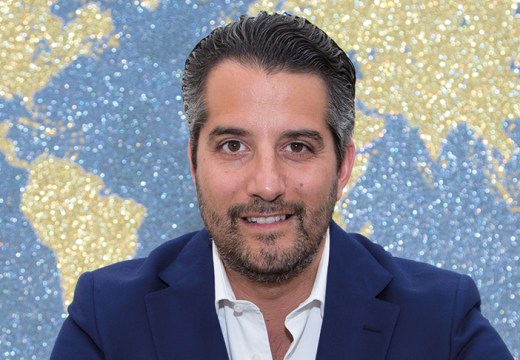London
In Sophia Al-Maria’s plans for her show at Tate Britain (20 September–26 January 2020), a poster on one of the walls in the gallery will read, ‘No non-English speaking characters will be featured on the billboard.’ The quotation, something actually said to the artist in the course of her other career as a screenwriter for film and television, takes its place in an installation composed of excised scenes, pages of script, poems, and testimony, jointly painting a picture of ‘the unsaid and the unmade’ – which is reflected both in Al-Maria’s own new video work, projected on the facing wall, and Western narrative structures more generally.
‘It’s a big storytelling project,’ Al-Maria tells me when we speak over the phone, ‘but it’s also very collaborative’. The piece emerges as a collective howl of protest, including Sycorax, the Algerian witch from The Tempest who is spoken of but never appears, Yasmine Seale, translator of the Arabian Nights, whose poetry speaks of her frustration with copy-editors’ attempts to force the square peg of Arabic literature into the round hole of American academic style guides, and Al-Maria herself, ‘giving voice to the voiceless part of me, to the things that I wish to see and be present but are not present sometimes in projects that I’ve written’. She’s referring to characters written as black who mysteriously become white on screen, and the not-so-veiled threats of producers and casting directors against the inclusion of non-white, non-English speaking characters.
In the way that Al-Maria’s Tate Britain project ducks and dives around the artist’s career in commercial pictures, it harks back to the themes of her first solo show, at Manchester’s Cornerhouse in 2014. ‘Virgin with a Memory’ analysed Al-Maria’s years-long attempt to make a rape-revenge film, Beretta, set in Cairo against the backdrop of the Arab Spring. The production was bedevilled by issues securing rights, conflicts with crew members, and the jailing of actors, and the Cornerhouse show both documented that process and opened up the themes of the film through a series of video installations exploring the male gaze, street harassment, and the silencing of women’s voices. Curated by Omar Kholeif, the show, Al-Maria grants, was ‘an amazing opportunity, because it came out of the blue for me to be able to position myself in that way as an artist. He saw that there was something there and made that space for me to come into’. Sometimes it’s the failure to get the story that makes the best story.
Al-Maria’s deft way of deconstructing narrative has deep roots. As a child, she was ‘really obsessed with Disney films – to the point of mapping out the patterns that I saw in them’. She recalls sitting in her grandmother’s living room, at the age of nine, plotting out structural similarities between Aladdin, The Lion King, and so forth. Born in Tacoma, Washington, to an American mother and a Bedouin father, Al-Maria’s childhood was divided between the States and the Gulf, an upbringing that instilled a unique perspective, an ability to regard each culture from ‘a slight remove’, as she puts it, ‘enough to be able to see that these different worlds are not different at all, and that people are just people’.
This was the subject of her first book, The Girl Who Fell to Earth (2012), a memoir that grew out of an earlier series of essays for Bidoun magazine. ‘I was very young when I wrote that,’ she says now. ‘I had a contract to write it and I didn’t want to write it. I wanted to write science fiction. But my agent was like, that’ll never sell! It could’ve been a very different life.’
Al-Maria’s career can seem like a series of felicitous accidents. A reluctant freelance writing assignment led to her association with the currently eight-strong collective of Gulf state artists, GCC. She enrolled on a degree at Goldsmiths mistaking a theory-led course for something practice-based, but became enchanted by the literature introduced to her by course leader (and Otolith Group member) Kodwo Eshun. The collapse of a three-year film project resulted in a solo show at a prestigious Manchester gallery… But her show for the Tate sees the artist taking control of her own story like never before. And just as she mapped out correspondences in Disney films on her grandmother’s floor, she’s once more gathering affinities and pulling apart structures.
‘It’s about the links between language and action, language and performance, language and history, tracing the various paths of colonialism through language.’ It is, as she says, ‘a very ambitious thing’ – at once the story itself and its own ‘forensic’ analysis. Few contemporary artists have so successfully made a muse of in-betweenness and found a home in the gaps opened up by translation.
Robert Barry
See more 40 Under 40 Middle East Artists
Unlimited access from just $16 every 3 months
Subscribe to get unlimited and exclusive access to the top art stories, interviews and exhibition reviews.








